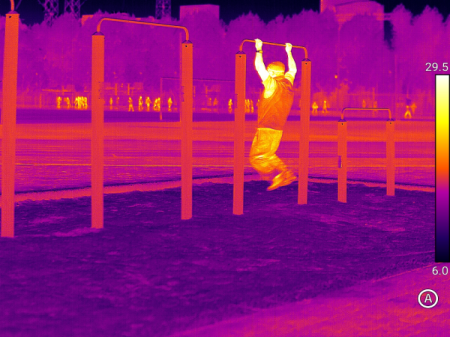
A widespread misconception regarding thermal imaging cameras is that they have the ability to "see" through walls; however, this is not the case. Instead, they detect heat on surfaces and temperature differences, making them extremely useful for detecting surface-level issues that may indicate problems within walls. Here are some explanations for this limitation and why thermal cameras can still be helpful for diagnostics and inspections.
How Thermal Imaging Works?
Thermal cameras detect infrared radiation (essentially heat) emitted by objects. This radiation is converted into visible thermographic images, with the colors representing temperature variations. But walls composed of drywall, brick, or concrete serve as barriers to keep out this infrared radiation. What Thermal Cameras Can Detect Near Walls?
Despite this limitation, thermal cameras are incredibly useful in detecting surface temperature anomalies that might indicate underlying issues. Here are a few practical applications:
- Moisture Detection: Thermal cameras are able to identify moisture behind walls. Areas affected by water leaks tend to appear cooler on the thermal image, enabling inspectors to locate potential moisture intrusion.
- Electrical Overheating: If wiring or electrical components behind a wall are overheating, the heat will sometimes spread to the wall’s surface, which can be detected by a thermal camera. This ability is beneficial for identifying places with possible fire threats. Thermal cameras are commonly used during building inspections to assess the insulation efficiency. Infrared imaging can easily identify visible heat loss or cold areas on wall surfaces caused by missing or degraded insulation.
- Detecting Pests: While thermal cameras cannot directly “see” pests, they can detect heat patterns that suggest pest activity, such as body heat from rodents or areas where insulation has been damaged by insects.
Limitations of Thermal Imaging: Walls and Glass
Interestingly, thermal cameras also cannot see through glass. If the camera is aimed at a window, the glass will reflect infrared light instead of letting it pass through, producing distorted or deceptive thermal images. This is similar to walls in that the material’s properties block the infrared wavelengths needed for a clear thermal image.
Why Thermal Imaging Is Still Useful in Inspections
Although they cannot see through walls, thermal imaging cameras are still highly effective in identifying issues that affect a wall's surface temperature. Inspectors and maintenance professionals use these devices to detect irregularities that indicate potential structural problems, allowing them to take preventive action. Thermal imaging, for example, can assist in identifying electrical problems, insulation flaws, or moisture accumulation before they become serious and costly issues.












